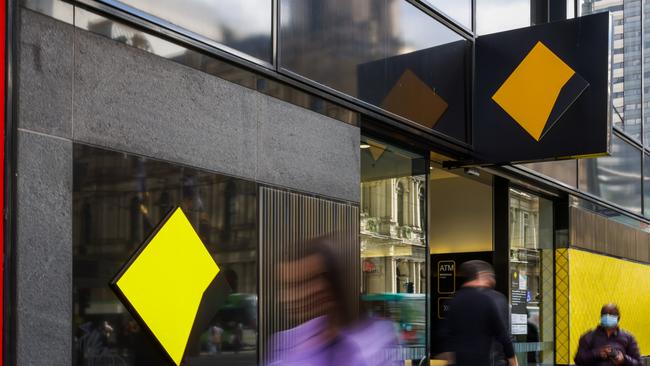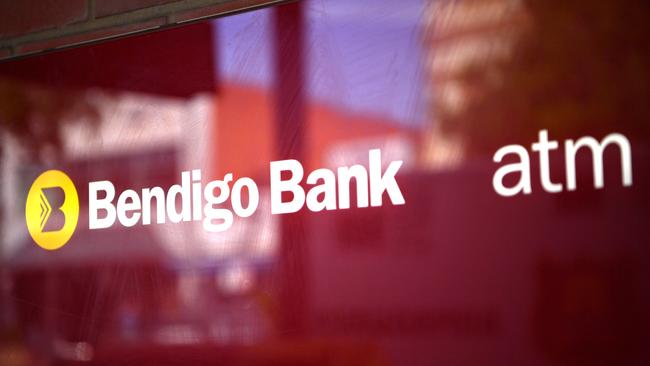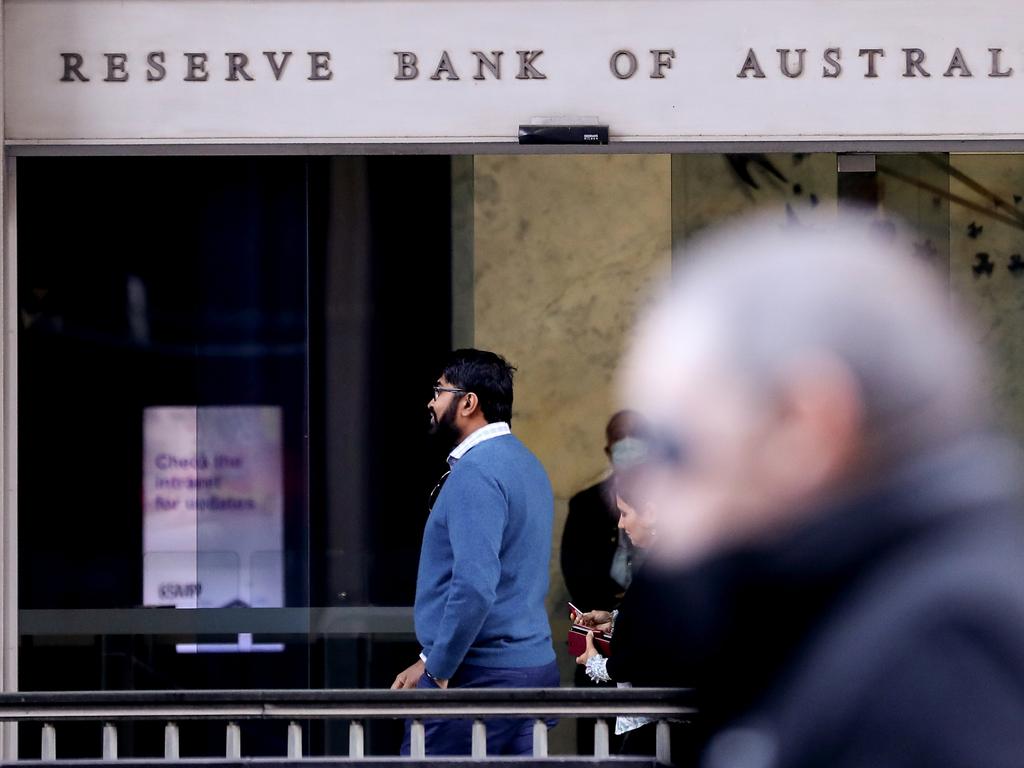Banks face slowdown in credit growth as rates rise
Australian banks are on track for solid earnings this reporting season but the outlook is more important than ever in a rapidly changing macroeconomic backdrop.

Australian banks are on track for solid earnings this reporting season but the outlook is more important than ever in a rapidly changing macroeconomic backdrop, according to analysts.
Commonwealth Bank and Bendigo Bank will release full-year results on Wednesday and Monday respectively. NAB’s June quarter trading update is due on Tuesday, and Westpac will update the market the following Monday.
With ANZ’s update last month showing considerable “leverage” to sharply rising interest rates, Barrenjoey’s Jonathan Mott sees net interest margins for the banks jumping 11 basis points by the second half of calendar year 2023 as lending rates rise faster than deposit rates. But while that should boost bank profits in the short term, a rapid slowdown in credit growth and deteriorating asset quality are “inevitable” and impaired loan charges will offset the rise in margins.
Higher net interest margins will be “swamped” by asset quality concerns, as $250bn of mortgages, about 10 per cent of all outstanding mortgages in Australia and New Zealand – provided to customers at close to their maximum borrowing capacity since the pandemic – are at risk of delinquency if the Reserve Bank lifts the cash rate to 3 per cent as the market expects by the year end.
The RBA raised the cash rate by 50 basis points to 1.85 per cent at its meeting this week, having boosted the key monetary policy rate from a record low of 10 basis points since May.
“This may be the first credit cycle in over 50 years to be led by households,” Mott says.
“If the cash rate rises to about 300 basis points, a large proportion of these customers are likely to become delinquent, especially if rates do not fall by late 2023.
“This is likely to hit home as fixed rates mature in calendar year 2023.”
With mortgage brokers, which now accounting for 70 per cent of mortgage flows, much of the rate leverage that the banks used to enjoy is likely to be “competed away” over coming years.
“In effect, higher interest rates leverage is a ‘sugar hit’ for the banks which is likely to be unwound over time,” Mott says.
“However, given the increased speed and extent of interest rate rises we have increased our net interest margin forecasts for the banks, especially in the near term.”

After analysing 10 housing cycles since the 1970, he said the rise in mortgage commitments over the last two years is the second fastest on record, having surged by 70 per cent in that period.
“We believe it is a common misconception that housing credit growth is generally tied to GDP and is a function of population growth and the demand and supply of properties,” he says. “We believe housing credit growth is mainly driven by interest rates and lending underwriting standards.”
Consistent with “more significant corrections” in the past, he expects mortgage commitments to fall about 30 to 35 per cent from peak to trough, slowing credit growth to almost zero by late 2023, while the extent of a pending slowdown in business credit “remains uncertain”.
Similarly, Macquarie says while banks’ “near-term earnings outlook remains sound, rerating would require a clearer economic outlook, which appears unlikely in the near term”.
Mortgage credit growth “again remained robust in June” at a three-month annualised pace of 7.5 per cent as investors showed signs of resilience despite emerging concerns about the property price outlook while business credit growth trends also remained highly favourable, Macquarie says.
“While these trends bode well for the near-term volume growth outlook, we expect housing credit growth to moderate as house prices decline and turnover slows.”
Macquarie sees credit growth slumping to about 2 per cent in 2023, and notes that NZ credit growth fell from about 11 per cent a year ago to just 4 per cent recently.
“With its rate cycle about six months ahead of Australia, we see these trends as a reasonable leading indicator and continue to see our 2023 credit growth forecast as realistic,” the broker says.
But while predicting a slump in credit growth to a 40-year low of 2.6 per cent by the end of 2023, Goldman Sachs analyst Andrew Lyons says his stress test of potential housing losses “remains benign given the conservative loan-to-valuation profile of the housing book”.
In an extreme case of house prices falling 30 per cent, and negative equity housing arrears rising five times to nearly 20 per cent, the impact on bank earnings would be “contained” to 15 to 20 per cent.
Lyons upgraded Westpac to a buy rating this week, reflecting its leverage to higher rates, his greater levels of comfort around the state of the franchise despite its productivity agenda, his expectation of Westpac’s core expenses falling 7 per cent by fiscal 2024, and an attractive valuation.
Morgan Stanley’s Richard Wiles says NAB’s update will show it’s in a “sweet spot, with robust volume growth, margins ahead of consensus, strong credit quality and healthy capital, but he kept an equal weight rating as the share price was already reflecting such a view.
JPMorgan’s Andrew Triggs says CBA’s peer-leading leverage to a rising cash rate is “more than in the price” as it trades on a 50 per cent PE premium to peers.






To join the conversation, please log in. Don't have an account? Register
Join the conversation, you are commenting as Logout